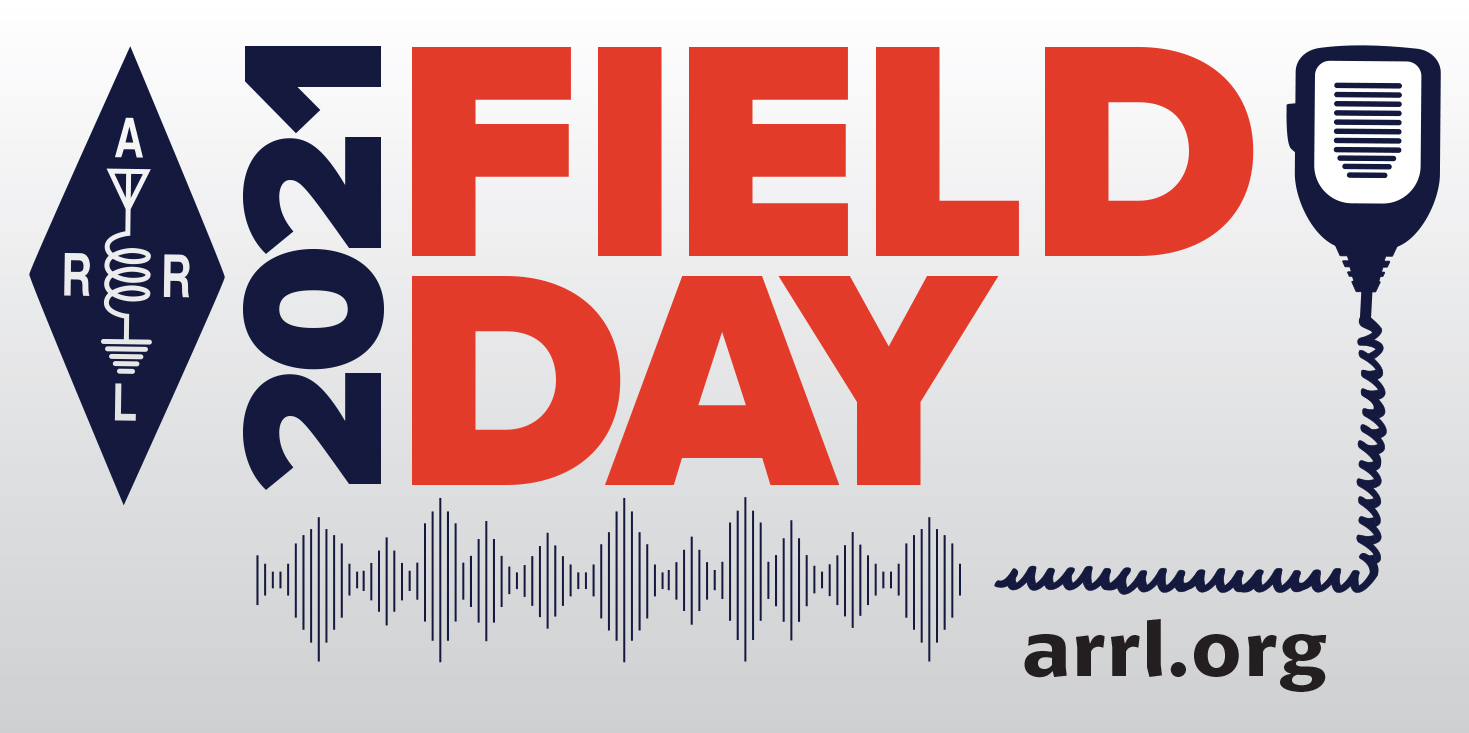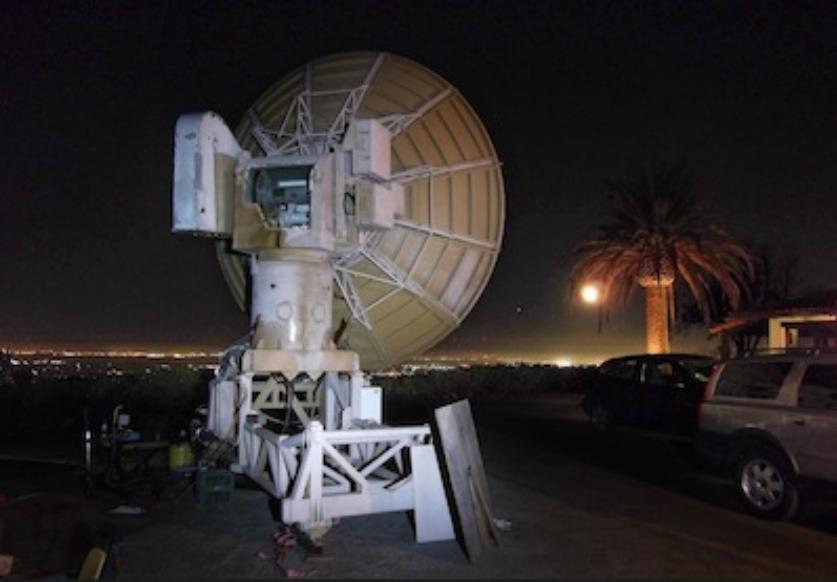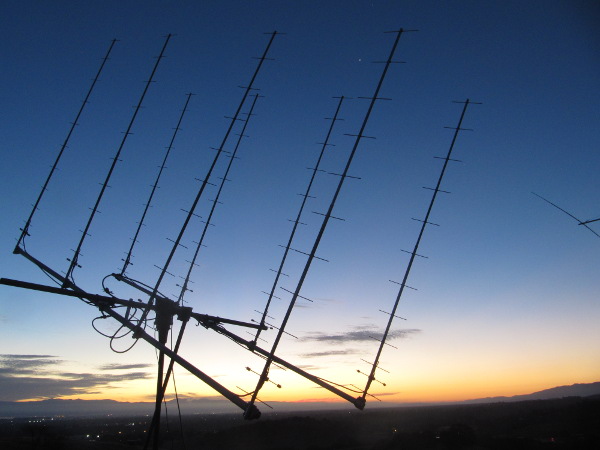Home
Meteor Scatter Demo
- Details
|
What: |
Bounce radio signals off of meteor tails during the Perseid meteor shower |
| Where: | W6YX Shack |
| When: |
|

Illustration of the Perseid Meteor Shower
Perseid Meteor Shower Demo
Dish Trail is currently closed, so pedestrian access to the shack will not be possible. Therefore, please RSVP if you would like to attend and do not have access to the shack via car. If there is large interest then we may need to cap attendance, with preference given to students.
Club Meeting: First Hybrid Meeting in 2021
- Details
|
What: |
Monthly Club Meeting |
| Where: | W6YX Shack, Jitsi |
| When: | Tuesday, July 12, 7:30PM |
One of the EME rotators up at the Shack. This paticular array has recently benefited from a tune-up and some love.
A Glimmer of Hope: First Hybrid (in person & Jitsi) Meeting of 2021
Normal 0 false false false EN-US X-NONE X-NONE /* Style Definitions */ table.MsoNormalTable {mso-style-name:"Table Normal"; mso-tstyle-rowband-size:0; mso-tstyle-colband-size:0; mso-style-noshow:yes; mso-style-priority:99; mso-style-parent:""; mso-padding-alt:0in 5.4pt 0in 5.4pt; mso-para-margin:0in; mso-pagination:widow-orphan; font-size:11.0pt; font-family:"Calibri",sans-serif; mso-ascii-font-family:Calibri; mso-ascii-theme-font:minor-latin; mso-hansi-font-family:Calibri; mso-hansi-theme-font:minor-latin; mso-bidi-font-family:"Times New Roman"; mso-bidi-theme-font:minor-bidi;}
Happy July! We will finally have our first in-person monthly meeting in the shack at next Tuesday July 13 at 7:30PM. We will also make the meeting available on Jitsi for anyone who wishes to call in.
A few agenda items for the meeting:
- Field Day debriefing
- Perseids meteor scatter in August
- New student recruitment
- Prof. Pauly’s licensing class
- W6YX T-shirts and stickers
Normal 0 false false false EN-US X-NONE X-NONE /* Style Definitions */ table.MsoNormalTable {mso-style-name:"Table Normal"; mso-tstyle-rowband-size:0; mso-tstyle-colband-size:0; mso-style-noshow:yes; mso-style-priority:99; mso-style-parent:""; mso-padding-alt:0in 5.4pt 0in 5.4pt; mso-para-margin:0in; mso-pagination:widow-orphan; font-size:11.0pt; font-family:"Calibri",sans-serif; mso-ascii-font-family:Calibri; mso-ascii-theme-font:minor-latin; mso-hansi-font-family:Calibri; mso-hansi-theme-font:minor-latin; mso-bidi-font-family:"Times New Roman"; mso-bidi-theme-font:minor-bidi;}
To attend in-person (pedestrian):
Pedestrians may enter the Dish hiking trail at the main gate on Stanford Ave, and then walk up to the shack (see map). The gate closes to pedestrians at 7:30PM, so please plan to arrive before then.
For safety reasons, and to avoid attracting the attention of the Foothills patrol, please plan to be escorted down the trail via car after the meeting.
To attend online:
Join at this Jitsi link: https://meet.jit.si/w6yx
Club Event: 2021 ARRL Field Day
- Details
|
What: |
2021 ARRL Field Day
|
| Where: | Site 530 |
| When: | Saturday, June 26 - Sunday, June 27 |

W6YX Participation in the 2021 ARRL Field Day
The Stanford Amateur Radio Club (call sign W6YX) will participate in Field Day, the annual emergency communications preparedness exercise, this year held June 26 and 27. Field Day is sponsored by the American Radio Relay League (ARRL, arrl.org), the national association for Amateur Radio (a.k.a. "ham radio").
The Amateur Radio Service creates a corps of Federally licensed radio operators who volunteer their skills to assist public safety agencies in the event of a disaster or other incident. Amateur Radio operators must pass a Federal examination and be issued a FCC radio license, which grants licensees "operating privileges" - such as the right to use high power transmitters (over a thousand watts), different modes (such as voice, Morse code, digital, and even television), and thousands of frequencies. In addition to their technology know-how, these trained volunteers provide important communications resources in disasters, locally and globally.
During Field Day, ham radio operators set up in local parks, at shopping malls, or even in their own backyards, and get on the air using generators or battery power. Field Day was designed to test operators' abilities to set up and operate portable stations under emergency conditions such as the loss of electricity, earthquakes, floods, hurricanes, etc.
Ken Dueker, Director of the Palo Alto Office of Emergency Services, has said,
"We want the community to know that in the event of an emergency, ham radio operators will be ready to assist in any way we can. In major disasters during which time normal telecommunications services are disrupted, Amateur Radio has served as an important resource to local relief efforts, working with police, fire, the Red Cross, and other agencies."
Field Day is a serious test of skill, but it is also a contest for fun and the largest "on-air" operating event each year since it began in 1933. During the weekend, radio operators try to contact as many other Field Day stations as possible, simulating emergency message handling.
The Stanford Amateur Radio Club will hold Field Day at Site 530, a location near the famous Stanford Dish, and will be operating during a 24-hour period. Unfortunately due to COVID-19 concerns, the event won’t be open to the public this year.
Invited Talk: Amateur Radio at Stanford: Its Role in Competitive Advantage
- Details
| Who: | David B. Leeson |
|
What: |
"Amateur Radio at Stanford: Its Role in Competitive Advantage"
|
| Where: | Zoom (link) Meeting ID: 995 8443 6388 Password: 722701 |
| When: | Tues, April 13th at 7:30pm PT |

Moonbouncing from Silicon Valley (ARRL EME contest, 2017)
Amateur Radio at Stanford: Its Role in Competitive Advantage
About the talk:
Find out how amateur radio at Stanford has contributed to the strategic development of individuals like you, who have went on to play a pivotal role in the history of Stanford and Silicon Valley at large. The talk will examine the competitive and cooperative nature of amateur radio, and explore concepts such as segmentation, differentiation, and “Steeples of Excellence”, which can be applied to achieve a strategic advantage in highly competitive fields. Key figures in this history include Bill Hewlett & David Packard, Fred Terman, William Hansen, and Oswald Villard. Radio technologies with roots in amateur radio have become indispensable to the success of many Bay Area companies, finding use in smartphones, WiFi, GPS, Bluetooth, satellites, radar, and more.
- Abstract
- Slides (updated 4/20/21)
- Addendum
- Video recording
About the speaker:
David B. Leeson is a consulting professor at Stanford University, and received a Ph.D. from Stanford University in 1962 (Hughes Fellow), a M.S. from MIT (NSF Fellow), and a B.S. from Caltech. He is an IEEE Life Fellow and has written numerous widely cited papers, including a seminal work on oscillator phase noise for which he received the Cady Award. He was the founder and CEO of California Microwave, Inc. from 1968 to 1993. He is an avid radio amateur (W6NL) and is the faculty advisor and license trustee of the Stanford Amateur Radio Club (W6YX).
Page 4 of 6

